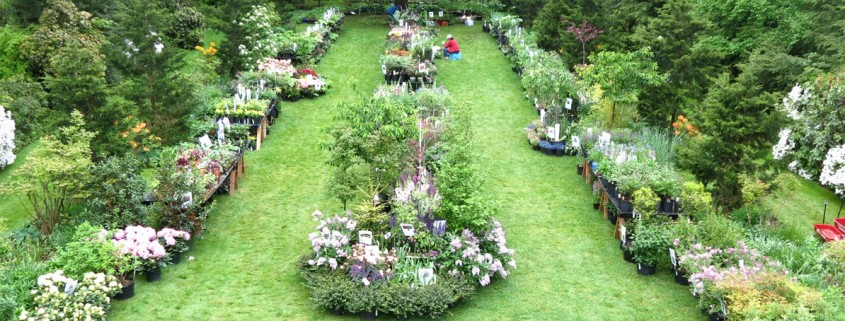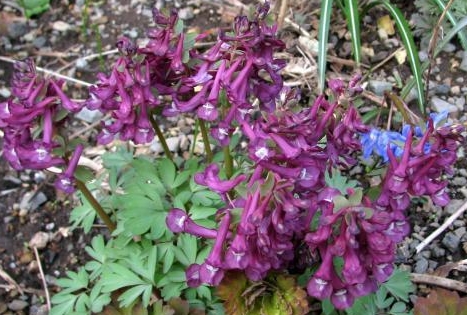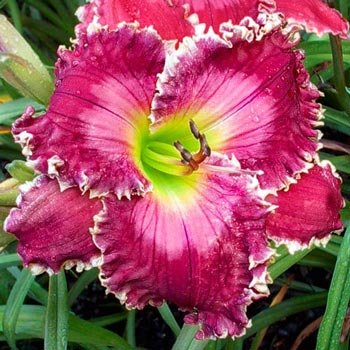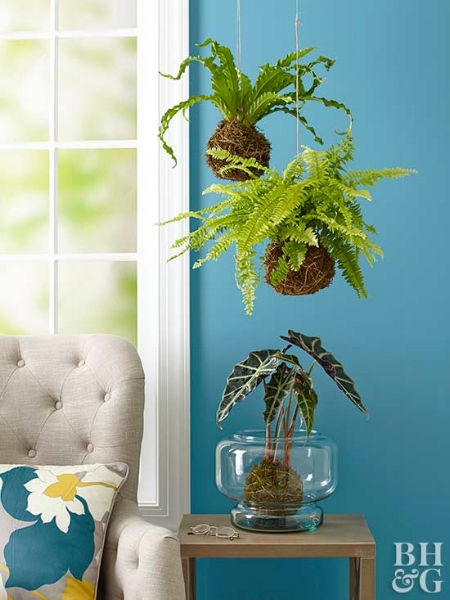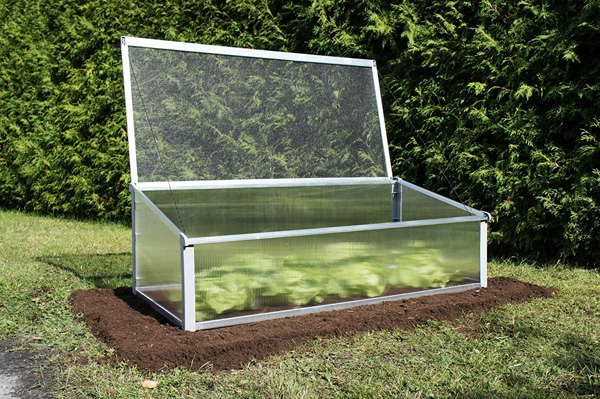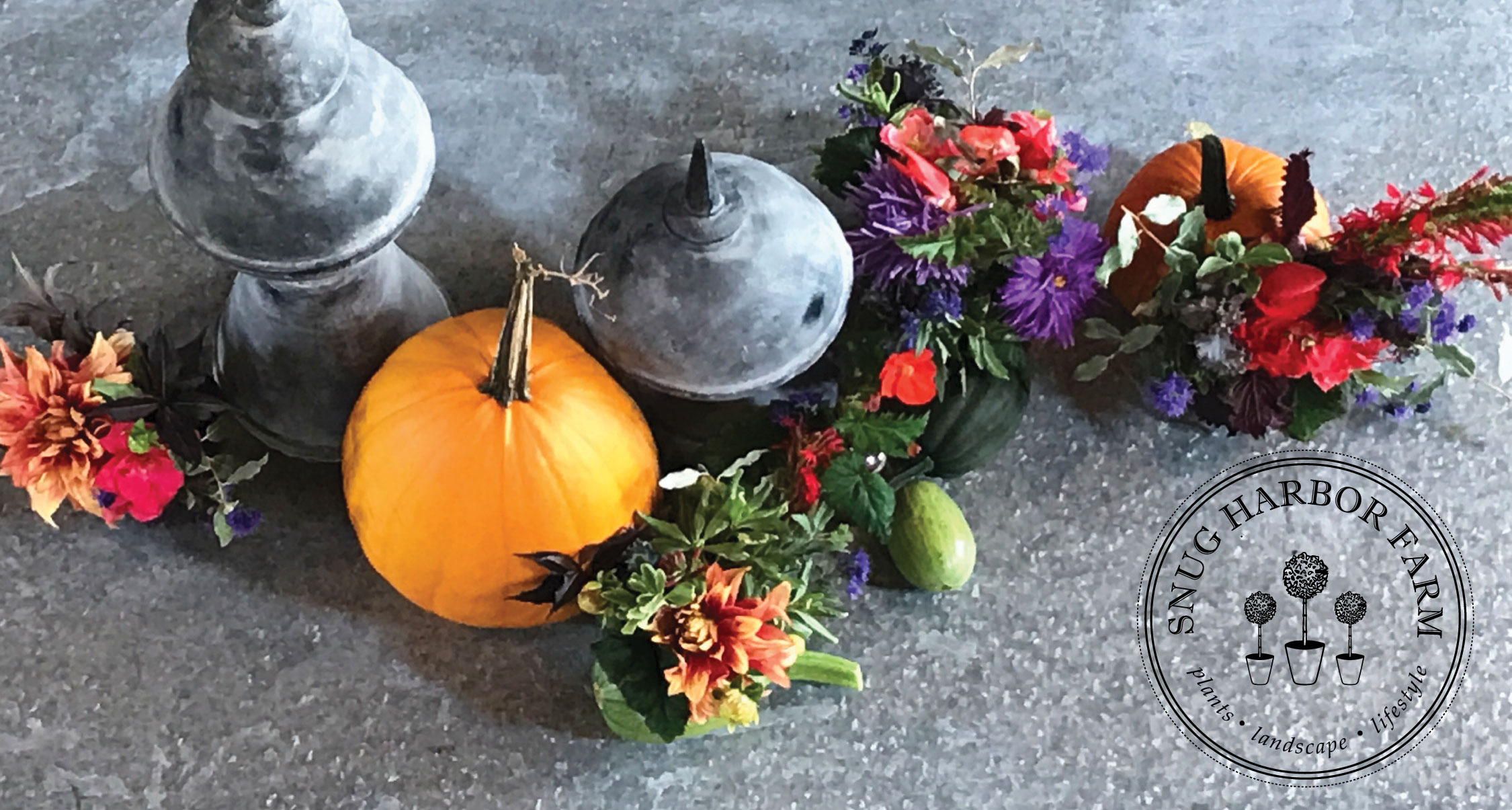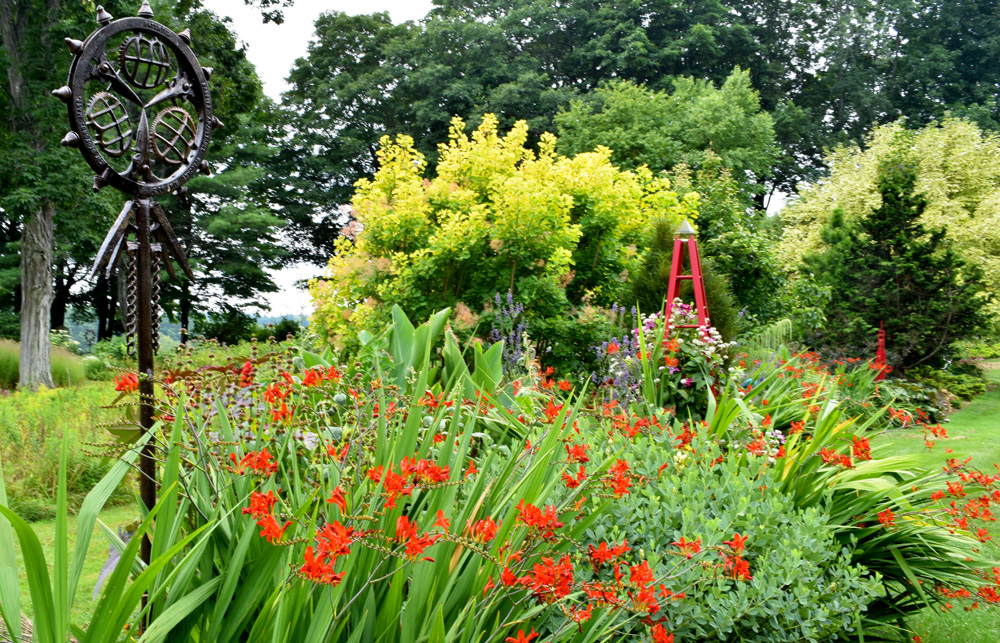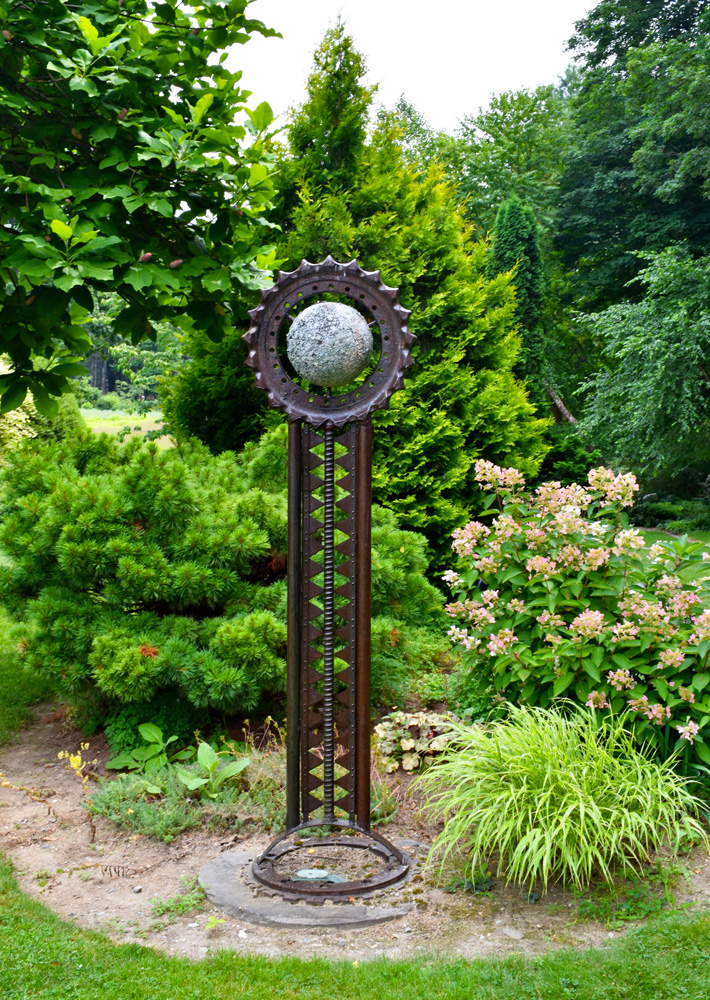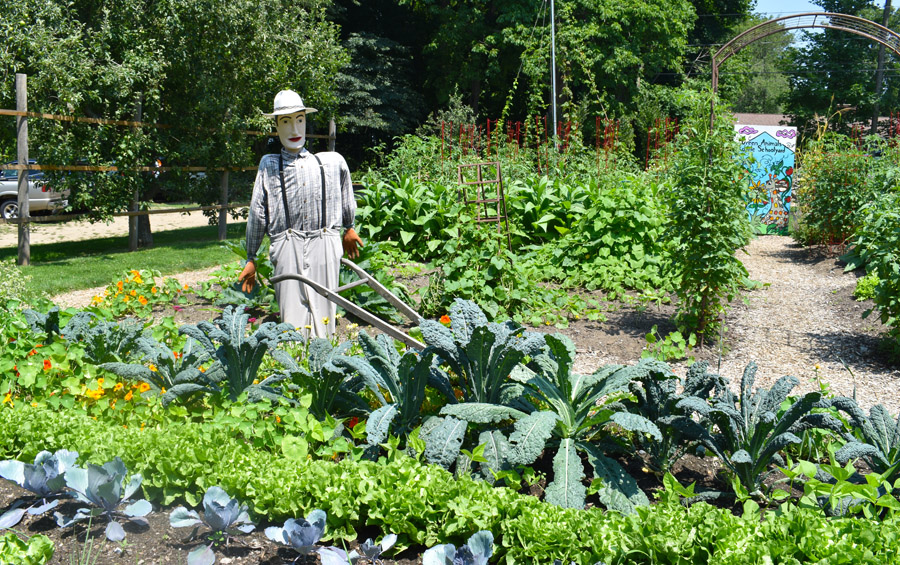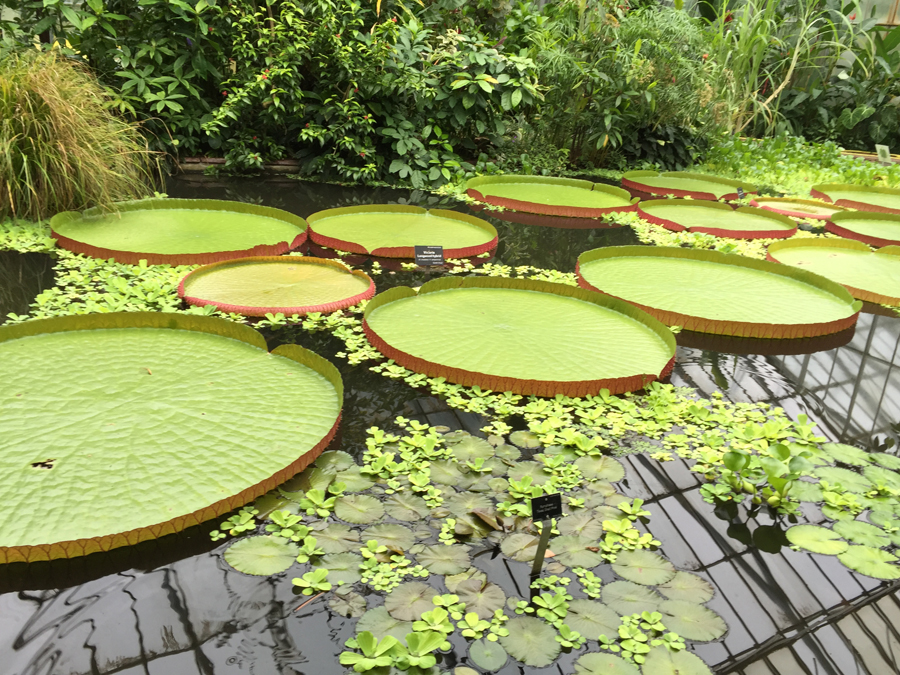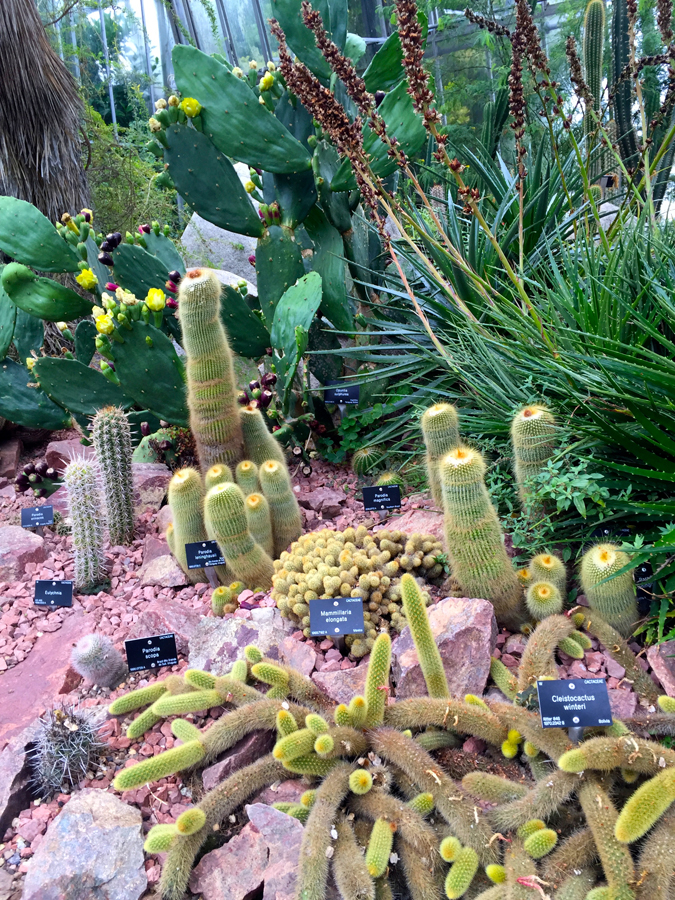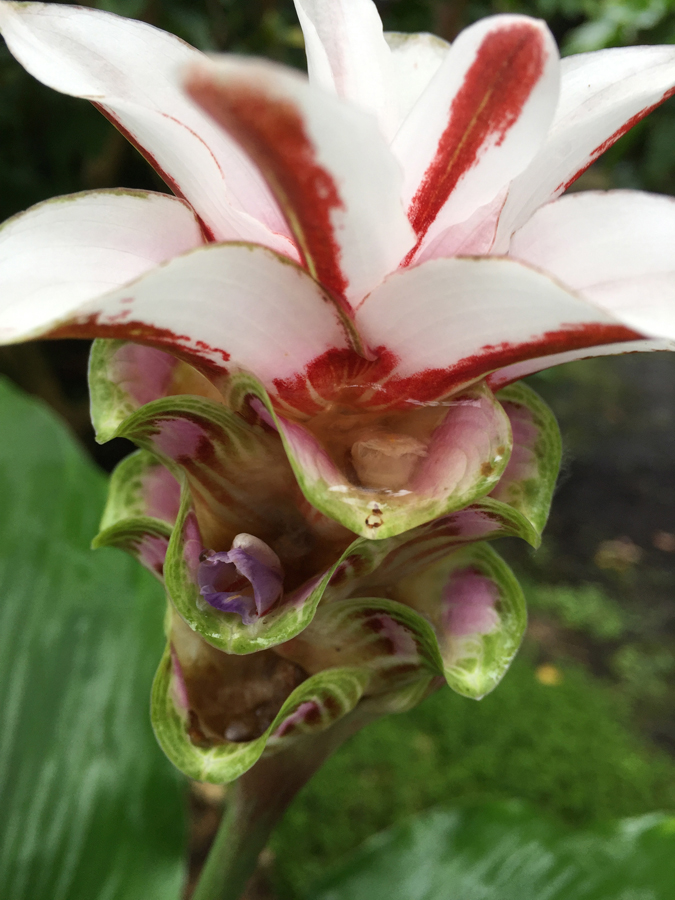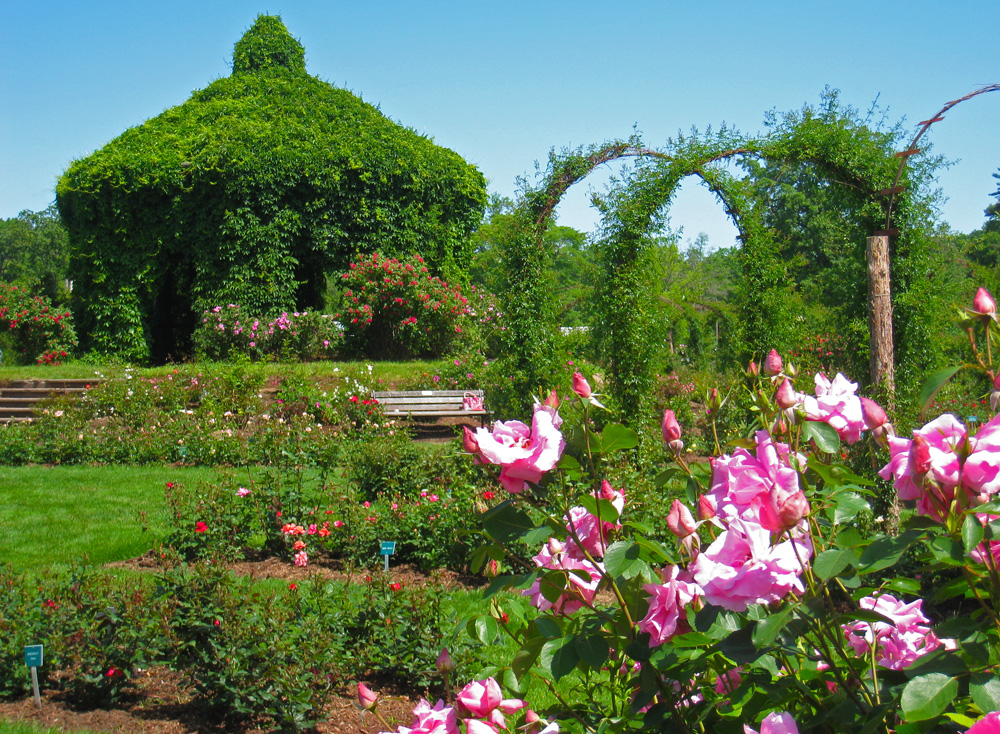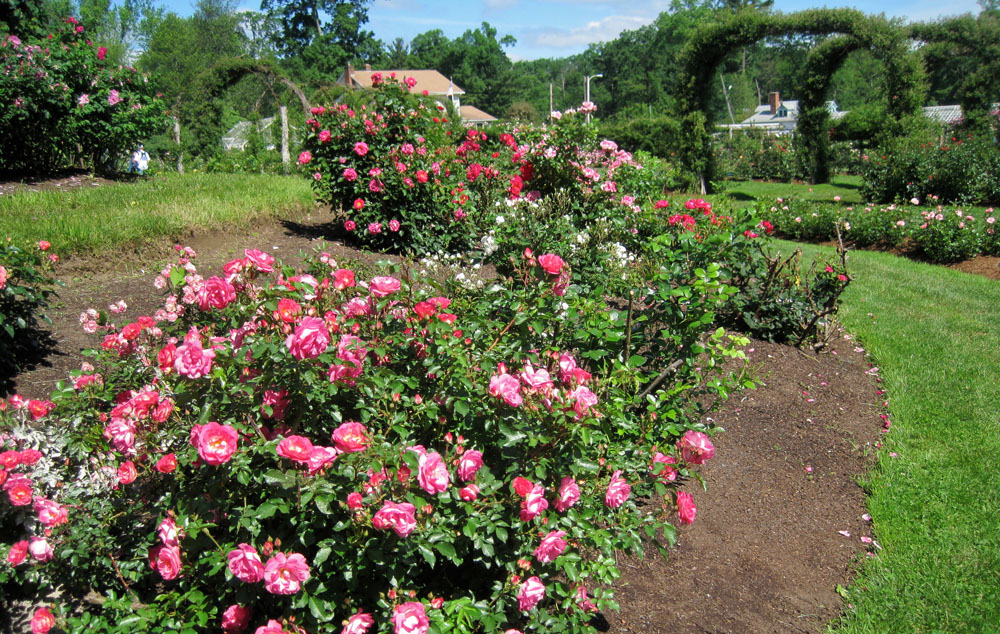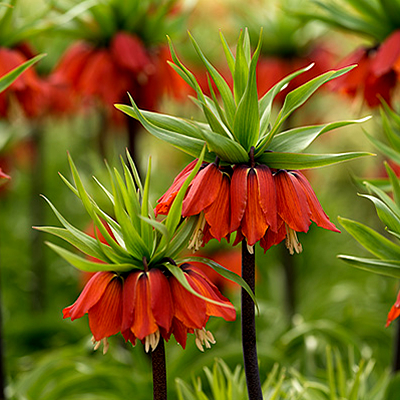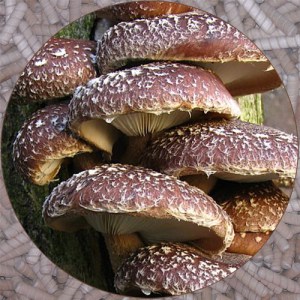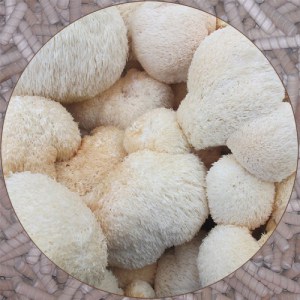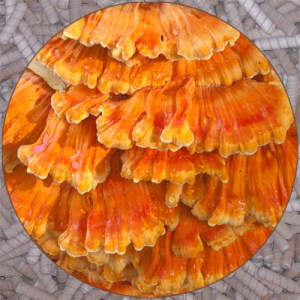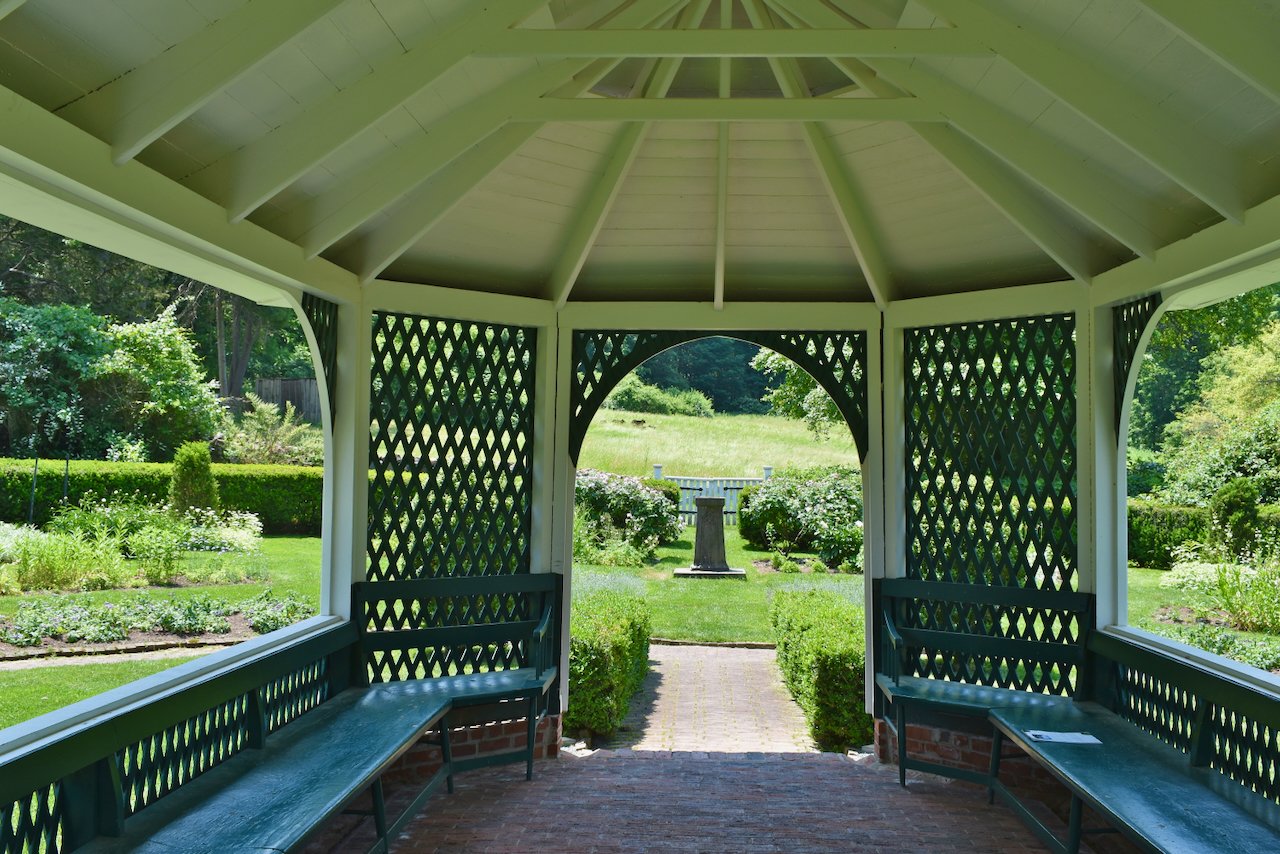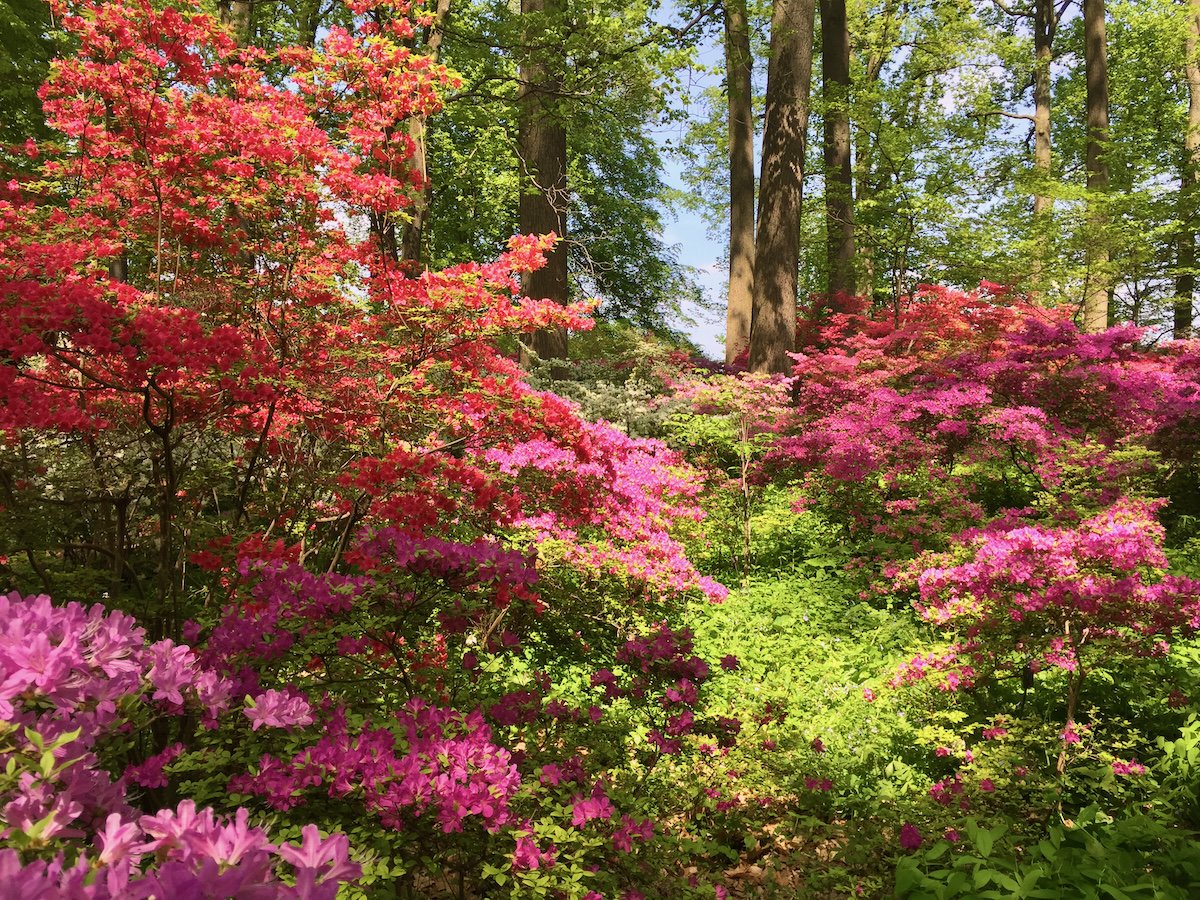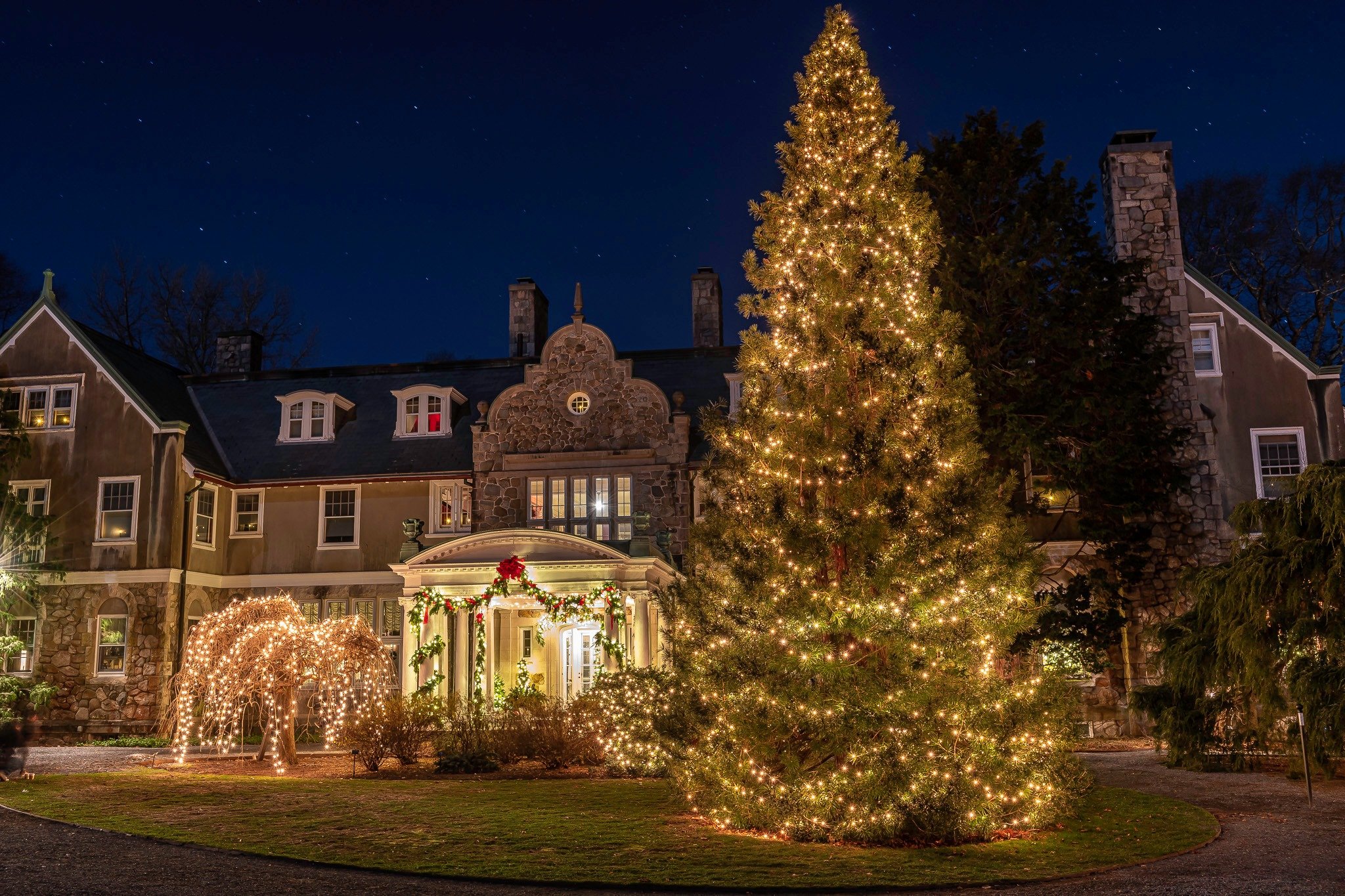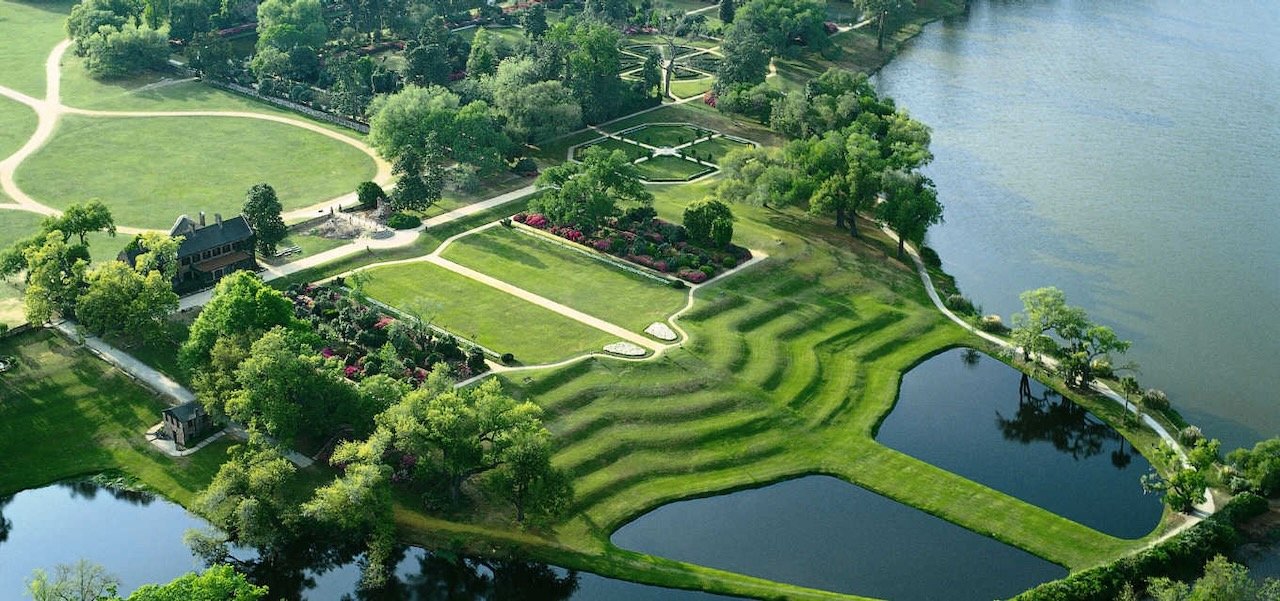2018 Plant Sales by Public Gardens and Specialty Nurseries in the Northeast
/May is the month of plant sales across the Northeast, as public gardens and specialty nurseries welcome gardeners to shop for unusual plants, natives, and divisions from their gardens. Whether you are home or traveling, you can find a plant sale near you!
Massachusetts
Massachusetts Horticultural Society. The Massachusetts Horticultural Society is hosting its annual Gardeners’ Fair on Saturday, May 12 from 9:00 am – 3:00 pm at Elm Bank in Wellesley. The “Society Row Sale” features plants sold by local plant society chapters including the Daylily, Hosta, Conifer, Rose, Herb, and Cactus societies. Dozens of heirloom and hybrid tomato varieties will also be available for purchase from Allendale Farm. www.masshort.org.
Tower Hill Plant Sale. Outstanding plants of all kinds are offered by Tower Hill, premier vendors and plant societies at the Tower Hill Plant Sale. Saturday, June 2, open to members 9:00 -11:00 am, opens to the public at 11:00 am–2:00 pm. 11 French Drive, Boylston, MA. www.towerhillbg.org
Garden Vision Epimediums. Gardeners looking to expand their epimedium collection can visit Garden Vision Epimediums in Phillipston on select days in May: May 4–13 (10 days), and May 18–20, 10:00 am – 4:00 pm, rain or shine. Garden Vision is primarily a mail order nursery, normally closed to the public except for the May sale dates. www.epimediums.com
Garden in the Woods. Native plants can be found at New England Wildflower Society’s Garden in the Woods in Framingham, which offers the largest selection of native trees, shrubs, vines, grasses, ferns, and perennials in New England. Garden in the Woods is open daily, and plants are available for sale throughout the season. www.newfs.org
Berkshire Botanical Garden's Plants and Answers Be-a-Better-Gardener Plant Sale. Thousands of woody and herbaceous plants are displayed by habitat including plants for sunny areas, beds and borders, dry areas, plants for the woodland edge, and woodland plants, as well as annuals (most grown at BBG), tropicals, vines, divisions of perennials dug from BBG display gardens, organic vegetable and herb plants, and hanging baskets. Many plants are donated by 60 nurseries from throughout the tri-state area. May 11-12, 9 am–5 pm. www.berkshirebotanical.org
Long Hill Plant Sale. You'll find a great selection of unusual plants and old favorites, including Tree Peonies, Japanese Maple, Dogwood, Tulip Tree, Stewartia, Forget-me-nots, and more! Arrive by 11am to join us for the silent auction of rare plants, parennials from A to Z, natives, show stopping annuals, propagated Sedgwick Garden specialties, herbs, succulents, Hypertufa containers, and gardening books. Vegetable seedlings will be available from the Food Project and horticultural experts including the Mass. Master Gardeners of Massachusetts will be on hand to answer any questions. The Master Gardeners will also be doing free soil testing. May 12, 10 am–1 pm. www.thetrustees.org
Allan Haskell Plant Sale. Find your favorite annuals, perennials, trees and shrubs, and purchase some of Allen’s signature selections. Colors galore, and horticulturists on hand to help you with your decisions and answer any questions you may have. May 26, 10 am–1 pm www.thetrustees.org
Rhode Island
Blithewold Plant Sale. Come out and support Bristol Garden Club. They will be selling fresh annuals, perennials, herbs, veggies, and handmade flower arrangements in vases. The garden club will be set up in the side yard of our Carriage House. Pick up the perfect Mother’s Day gift or something for your spring gardens. May 12, 8:30–1:30. www.blithewold.org
Wicked Tulip Flower Farm UPick Tulip Sale. Pick your own tulips on 5 acres of fields sporting 600,000 tulip bulbs. Tickets required, available online. April 25–mid May, see website for admission hours. wickedtulips.com
Connecticut
OBrien Nursery in Granby, Conn. will feature a different plant family on each May weekend:
May 4-6 – Diverse, Dynamic and Deliciously Fragrant Daphne
May 11-13 – Enticing Epimediums – Explore our Expanded Choices
May 18-20 – Cypripediums! Yes, we have Lady-Slippers!
May 25-28 – Don’t miss our Itoh Peony Selections in Flower
Open on those dates only, 10 am–5 pm. www.obrienhosta.com
Florence Griswold Museum. Join the Museum’s Garden Gang for a sale of beautiful plants and garden specimens, featuring heirloom perennials, roses, herbs, and succulents. May 18 & 19, 9 am–3 pm florencegriswoldmuseum.org
Hill Stead Museum. May Market is Hill-Stead’s annual home, garden and gourmet benefit event featuring premium exhibitors, rare and unusual plants, entertainment, children’s activities, food, and a museum open house. May 5 & 6, 10 am–4 pm www.hillstead.org
New Hampshire
Fuller Gardens Plant Sale: Friday, Saturday, and Sunday, May 11–13, 10am to 3pm all three days. Featured for sale will be hundreds of field grown hardy perennials, potted hardy rose bushes of all varieties and herbs. Gift shop will be open. Come browse our selection and get a plant that will last for Mom. The Gardens will also OPEN FOR THE SEASON on May 13th. www.fullergardens.org
New Jersey
New Jersey Botanical Garden Plant Sale. Perennials, annuals, vegetables, herbs, trees, shrubs, vines, ground covers, hanging baskets, and potted plants. Knowledgeable Master Gardeners will be on hand to offer advice, and the plants are lush and healthy. May 5-6 & 13, 10 am–4 pm. www.njbg.org
Van Vleck House & Gardens Annual Plant Sale. May 4–5, 9 am–4 pm; May 6, 10 am–4 pm; May 7-9, 10 am–2 pm. vanvleck.org
Frelinghuysen Arboretum Plant Sale: May 5-6, 9 am–5 pm. www.arboretumfriends.org
Cross Estate Gardens Plant Sale: Saturday, May 5, 9 am–1 pm. Wide selection of plants: native and non-native; sun-loving and shade-loving; evergreen, semi-evergreen, woody, and herbacious.www.crossestategardens.org
Reeves Reed Arboretum: This year's plant sale features an outstanding collection of plants selected for native lovers and shade gardeners, in addition to our usual eclectic mix of hard-to-find perennials and annuals. Friday, May 18, between 2:00 pm and 5:00 pm, for RRA members only. On Saturday, May 19, the plant sale opens to the general public from 9:00 am to 2:00 pm. www.reeves-reedarboretum.org





